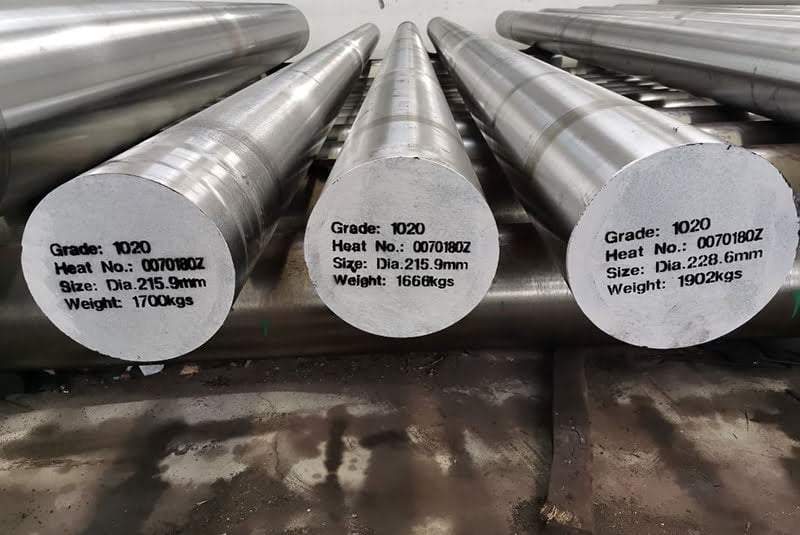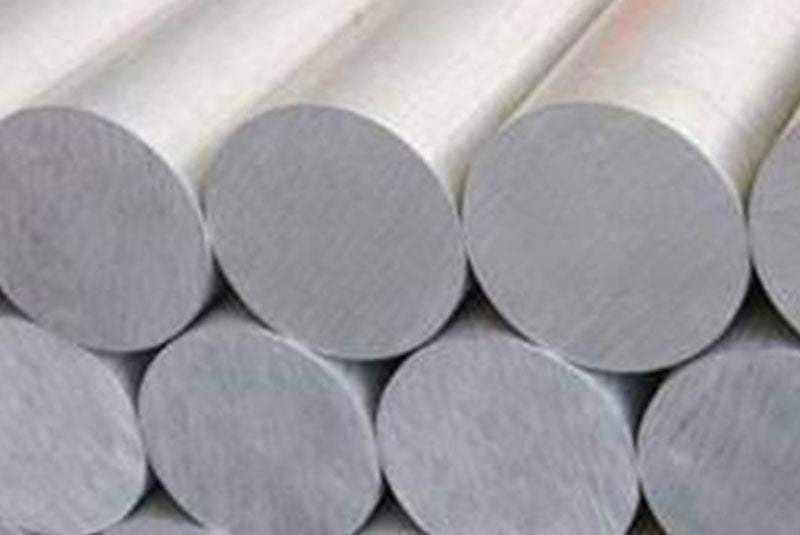Introduction
Choosing the right type of steel for your project is crucial to ensuring its success and longevity. Among the many types of steel available, carbon steel and mild steel are two of the most commonly used. Understanding the differences between these two materials can help you make an informed decision. In this comprehensive guide, we will compare carbon steel vs mild steel, examining their properties, uses, benefits, and drawbacks. By the end, you will have a clear understanding of which type of steel is best suited for your needs.
What is Carbon Steel?

Definition and Composition
Carbon steel is an alloy of iron and carbon, with the carbon content typically ranging between 0.05% and 2.0% by weight. It may also contain other elements such as manganese, silicon, and copper, but these are usually present in small amounts. The carbon content significantly affects the steel’s properties, making it harder and stronger than other types of steel.
Key Properties of Carbon Steel
- High Strength: Carbon steel is known for its high strength and durability, making it suitable for heavy-duty applications.
- Hardness: The hardness of carbon steel increases with higher carbon content, which enhances its wear resistance.
- Brittleness: While increased hardness is beneficial, it also makes carbon steel more brittle, which can be a drawback in some applications.
- Heat Resistance: Carbon steel can withstand high temperatures, making it ideal for applications involving heat.
Common Uses of Carbon Steel
Carbon steel is widely used in various industries due to its strength and versatility. Common applications include:
- Construction: Beams, columns, and reinforcing bars.
- Automotive: Parts such as axles, gears, and crankshafts.
- Tools: Hand tools, cutting tools, and drill bits.
- Pipes: High-pressure and high-temperature piping systems.
What is Mild Steel?
Definition and Composition
Mild steel, also known as low carbon steel, contains a lower carbon content, typically around 0.05% to 0.25% by weight. This lower carbon content makes mild steel more ductile and malleable compared to higher carbon steels.
Key Properties of Mild Steel
- Ductility: Mild steel is highly ductile, meaning it can be stretched or bent without breaking.
- Malleability: The low carbon content makes mild steel easy to shape and form, which is beneficial for manufacturing processes.
- Weldability: Mild steel can be easily welded, making it ideal for fabrication and construction.
- Corrosion Resistance: While not as corrosion-resistant as stainless steel, mild steel can be treated with coatings to improve its resistance.
Common Uses of Mild Steel
Due to its versatility and ease of fabrication, mild steel is used in a wide range of applications, including:
- Construction: Structural beams, frames, and fencing.
- Manufacturing: Machinery parts, car bodies, and household appliances.
- Pipes: Low-pressure and low-temperature piping systems.
- Everyday Items: Nuts, bolts, and screws.
Comparing Carbon Steel vs Mild Steel
Mechanical Properties
| Property | Carbon Steel | Mild Steel |
|---|---|---|
| Carbon Content | 0.05% to 2.0% | 0.05% to 0.25% |
| Strength | High | Moderate |
| Hardness | Higher (increases with carbon content) | Lower |
| Ductility | Lower | Higher |
| Malleability | Moderate | High |
| Weldability | Moderate to Difficult | Easy |
| Corrosion Resistance | Low (requires coating) | Low (requires coating) |
Advantages and Disadvantages
Advantages of Carbon Steel
- High Strength and Hardness: Suitable for heavy-duty applications.
- Heat Resistance: Can withstand high temperatures.
Disadvantages of Carbon Steel
- Brittleness: Increased carbon content reduces ductility.
- Difficult to Weld: Requires specialized techniques and equipment.
Advantages of Mild Steel
- Ductility and Malleability: Easy to shape and form.
- Weldability: Easily welded with standard methods.
- Cost-Effective: Generally less expensive than high carbon steel.
Disadvantages of Mild Steel
- Lower Strength: Not suitable for high-stress applications.
- Corrosion Resistance: Requires protective coatings.
Choosing the Right Steel for Your Project

Assessing Project Requirements
When deciding between carbon steel vs mild steel, consider the specific requirements of your project:
- Strength and Load-Bearing Capacity: For applications requiring high strength, carbon steel is the better choice.
- Formability and Fabrication: If the project involves extensive shaping, bending, or welding, mild steel is more suitable.
- Environmental Conditions: Consider the environment where the steel will be used. For corrosive environments, additional protective coatings may be necessary.
Budget Considerations
Budget is always a crucial factor in material selection. While mild steel is generally more cost-effective, the long-term performance and durability of carbon steel may justify the higher initial cost for certain applications.
Long-Term Performance
Consider the long-term performance and maintenance needs of the steel:
- Carbon Steel: Requires regular maintenance to prevent corrosion and ensure longevity.
- Mild Steel: Easier to maintain but may need frequent re-coating to prevent rust.
Conclusion: Carbon Steel Vs Mild Steel
Choosing between carbon steel vs mild steel depends on various factors, including the specific requirements of your project, budget, and desired long-term performance. Carbon steel offers high strength and heat resistance, making it suitable for demanding applications, while mild steel provides excellent ductility, malleability, and weldability, ideal for a wide range of uses. By carefully evaluating these factors, you can select the best steel type to ensure the success and durability of your project.
FAQ
What is the main difference between carbon steel and mild steel?
The main difference lies in the carbon content. Carbon steel has a higher carbon content (0.05% to 2.0%), making it stronger and harder but more brittle. Mild steel has a lower carbon content (0.05% to 0.25%), making it more ductile and malleable.
Which is more expensive, carbon steel or mild steel?
Generally, carbon steel is more expensive due to its higher strength and specialized properties. However, the cost can vary depending on the specific grade and application requirements.
Can mild steel be used in high-stress applications?
Mild steel is not recommended for high-stress applications due to its lower strength. Carbon steel is better suited for such environments.
How do I protect carbon steel from corrosion?
Carbon steel can be protected from corrosion by applying coatings such as paint, galvanization, or other protective layers. Regular maintenance is also essential to prevent rust.
Is carbon steel harder to weld than mild steel?
Yes, carbon steel is generally harder to weld due to its higher carbon content, which can lead to cracking and other welding challenges. Mild steel is easier to weld with standard welding methods.
